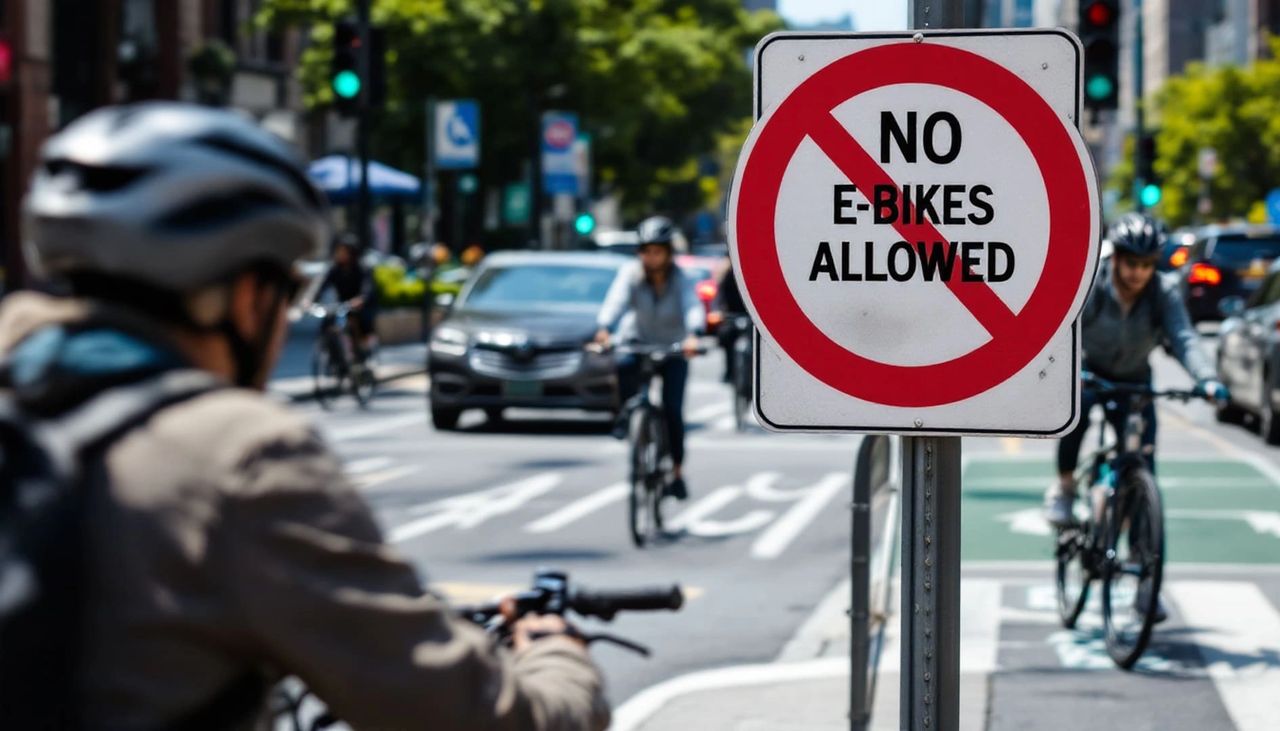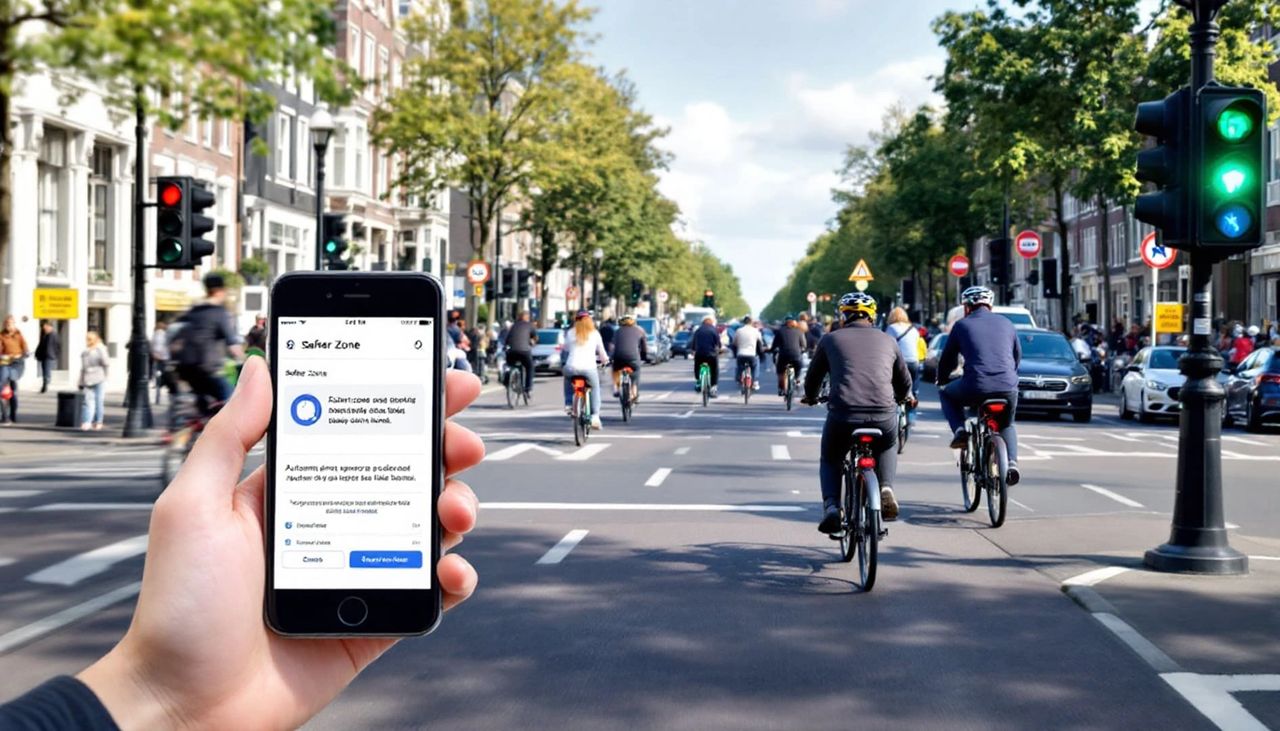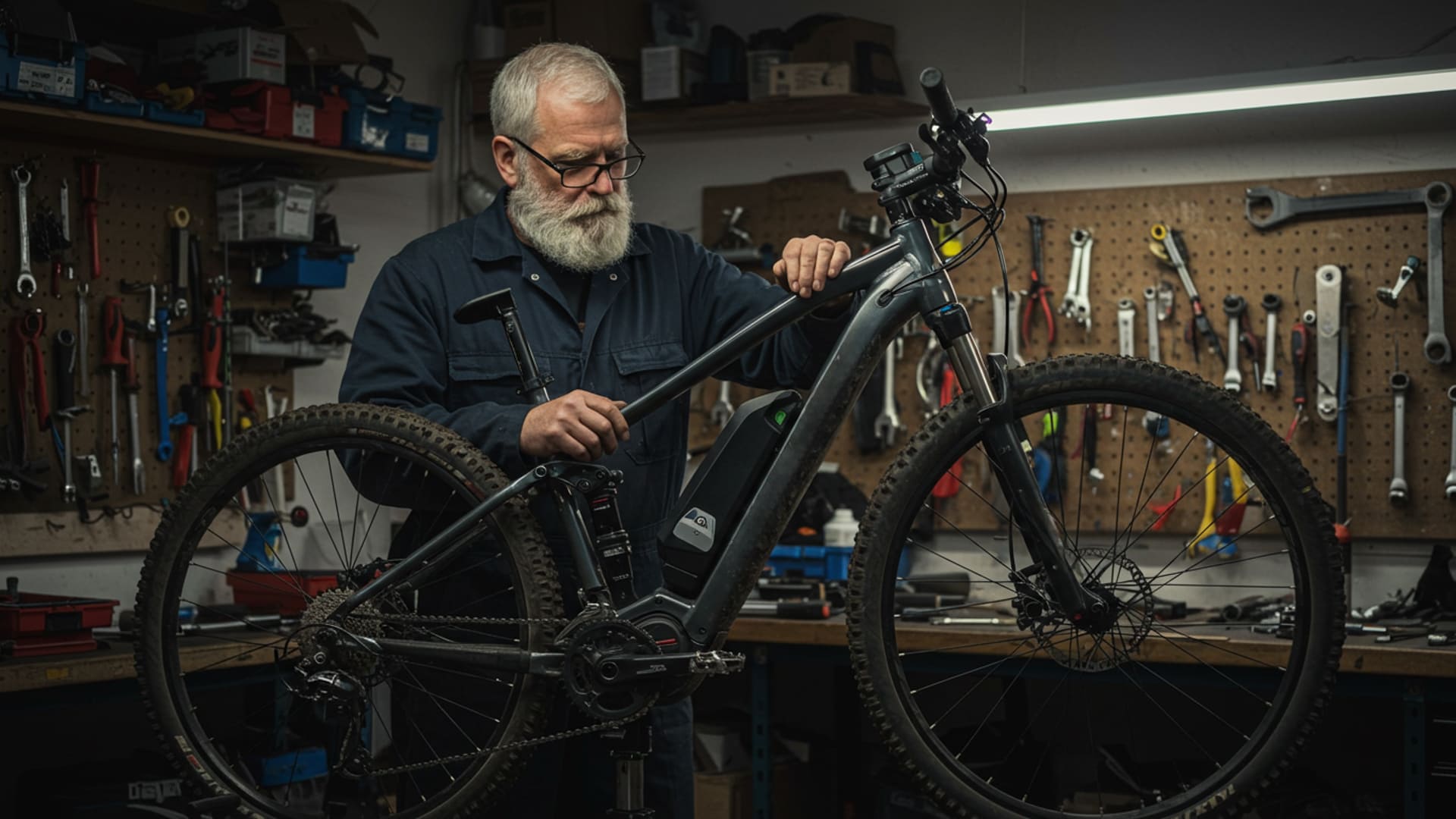
E-bikes have revolutionized urban transportation, offering an eco-friendly, cost-effective, and efficient way to get around. However, some cities are pushing back, introducing bans and restrictions on e-bike usage. But why? And what does it mean for riders?
1. Why Are Cities Banning E-Bikes?
🔴 1. Safety Concerns
- Increased accidents and injuries have raised concerns, especially in cities with high pedestrian traffic.
- Speeding and reckless riding, particularly by delivery riders using high-powered e-bikes, have led to safety complaints.
🔴 2. Conflicts with Pedestrians and Cyclists
- Many cities lack proper bike lane infrastructure, leading to e-bike riders using sidewalks, causing conflicts with pedestrians.
- Faster Class 3 e-bikes (capable of 28 mph) can be disruptive when mixed with traditional bicycles in shared lanes.
🔴 3. Regulatory Uncertainty
- Many cities don’t differentiate between low-speed Class 1 e-bikes (pedal assist only) and high-speed throttle-powered e-bikes, leading to blanket bans.
- Some lawmakers argue that e-bikes should be regulated like mopeds, requiring licenses, insurance, and registration.
🔴 4. Concerns Over Fire Hazards
- In some cases, poorly made lithium-ion batteries have caused fires in apartment buildings, prompting safety regulations and bans on certain e-bike models.
- New York City, for example, has cracked down on uncertified e-bike batteriesafter a rise in fire incidents.
2. Where Are E-Bikes Being Banned or Restricted?
🚫 New York City
- Some high-powered e-bikes (especially modified ones) are restricted in bike lanes and pedestrian-heavy areas.
- Stricter battery safety laws were introduced due to fire hazards.
🚫 San Francisco
- E-bike rentals were briefly banned on certain streets due to reckless riding complaints.
- Some trails and park areas prohibit Class 2 and Class 3 e-bikes.
🚫 London
- Dockless e-bike sharing services were temporarily banned in some boroughs due to improper parking and clutter issues.
🚫 China (Certain Cities)
- Cities like Beijing and Shenzhen have introduced speed limits and banned e-bikes on major roads to reduce accidents.
3. How These Bans Affect Riders
❌ More Restrictions on Where E-Bikes Can Ride
- Riders may be forced to use only certain roads or bike lanes, limiting e-bike accessibility.
❌ Increased Enforcement & Fines
- Some cities fine riders for using high-speed e-bikes in restricted zones.
- Rental e-bike companies face stricter regulations, leading to fewer available bikes.
❌ Potential Requirement for Licenses or Insurance
- Some cities are considering requiring registration or insurance for faster e-bikes, similar to mopeds.
4. What Can Riders Do?
✅ Stay Informed
- Check local e-bike regulations before riding in new cities or states.
✅ Follow Safety Guidelines
- Respect speed limits, use designated bike lanes, and avoid sidewalk ridingwhere it’s illegal.
✅ Advocate for Better Infrastructure
- Join local cycling advocacy groups to push for dedicated e-bike lanes instead of bans.
Final Thoughts: Are E-Bike Bans Justified?
While some restrictions are necessary to improve safety, outright bans on all e-bikeshurt riders who use them responsibly. Instead of bans, cities should focus on better infrastructure, rider education, and clear regulations for different e-bike classes.
E-bikes are here to stay, and with proper policies in place, they can continue to be a sustainable, safe, and accessible form of transportation.








Leave a Reply